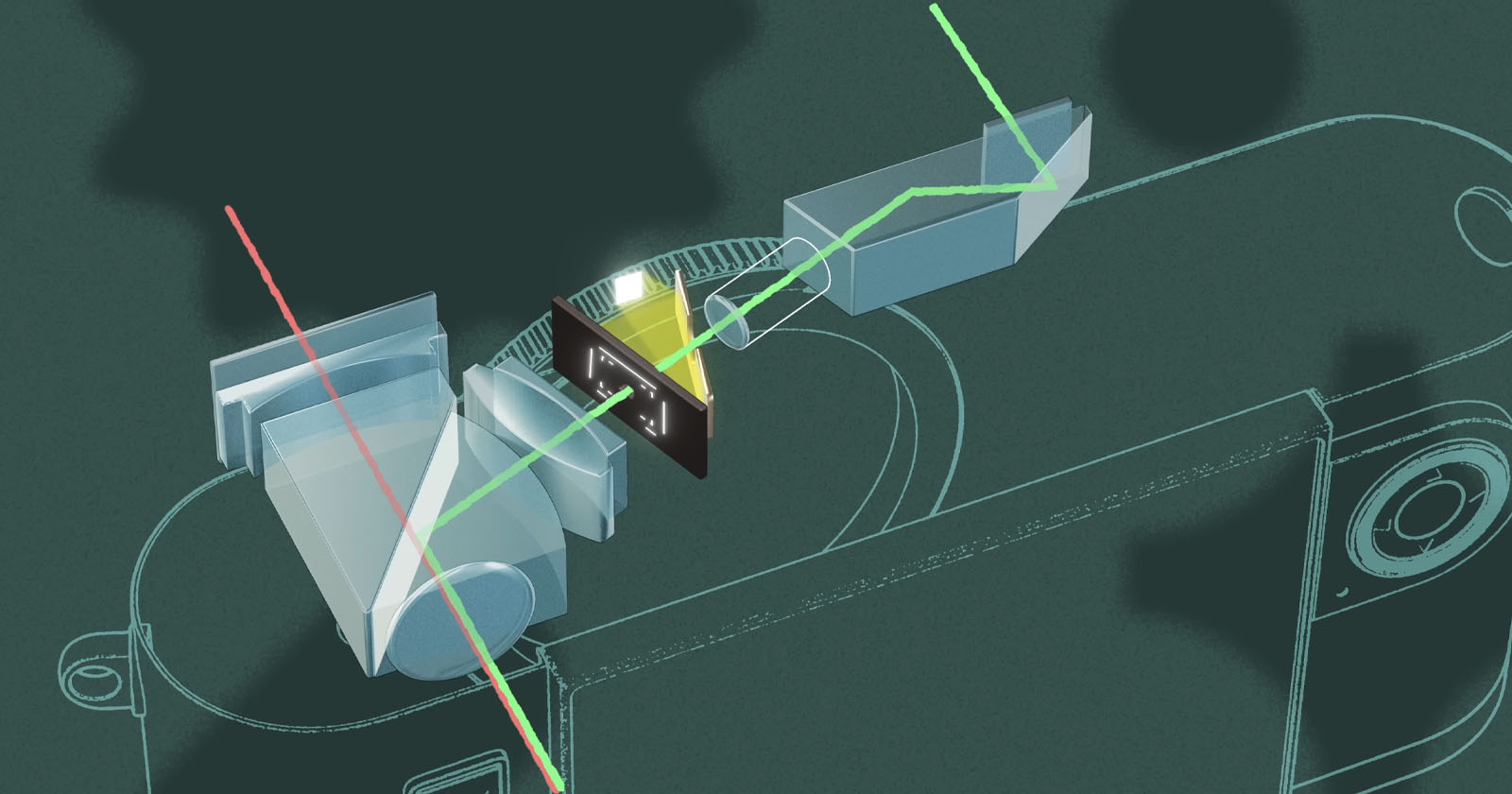Copyright PetaPixel

Photographer and technology expert David Imel recently published a video discussing why Leica got rid of the most iconic part of its M series cameras in the new M EV1: the rangefinder. But to do that, he first had to explain what a rangefinder is and how it works, and in doing so created the best modern breakdown of the technology that is very easy to understand. Imel’s videos tackle modern technology (and often cameras) and are regularly some of the most well-paced and thoughtfully laid out, making complex topics much easier to understand. He did it recently with his incredible breakdown of Fujifilm’s diverse history in cameras that it combined into the GFX100RF and followed that up with his most recent video on Leica’s new M EV1. But rather than turn that video into a review of the camera, Imel decided instead to explain why Leica decided to drop the rangefinder — arguably its most iconic and beloved feature — from its new EVF-only digital camera. “I’m not going to sit here and pretend that electronic viewfinder is some innovative new feature,” Imel says. “I mean, we’ve had EVFs for a really long time. But I think the reasons why Leica is doing this are a little more complex. And I think to fully understand those reasons, it’s kind of important to understand how rangefinders even work in the first place.” As Imel explains, a rangefinder camera uses simple, well-known rules of trigonometry — the fact that knowing the distance and angle of two points on a triangle allows the easy calculation of the distance of that third point. It employs that rule through two finder windows and a complex system of lenses and reflective surfaces to provide a photographer a way to see those two views at the same time and overlay them on each other to achieve focus. “On one side of the camera, you’ve got the viewfinder. This is pretty much just a piece of glass that lets you look through it to view your scene. But it turns out you’re not just looking through that piece of glass. You’re also looking through something called a beam splitter, which is a semi-transparent piece of glass, which is treated with a semi-reflective coating, which will reflect some light,” Imel explains. “On the other side of the camera, you’ve got the rangefinder window. This window takes a very slightly different perspective of the scene and bounces that light around a series of prisms. So that light then gets projected through an extra lens, which can actually move to change the angle of the beam when you change the focus of the lens. Then the light passes through this small hole in a mirror, then through a small hole in a mask. That’s called the rangefinder patch,” he continues. “That mask with the rangefinder patch on it also has frame lines that get illuminated from an LED that bounces off that mirror. Then all of that light passes through another series of lenses where it gets magnified, bounces off that beam splitter and back into your eye so you can see it superimposed in the viewfinder. When you change focus on any M-mount lens, a gear pushes the arm of the rangefinder assembly, which pivots the internal lens and shifts where that rangefinder patch is. When the scene from the viewfinder and the rangefinder patch line up, that’s how you know you’re in focus.” While the concept is simple, the implementation is pretty complex and can take some getting used to. And, as Imel explains, there are limitations to the technology. For example, Leica rangefinders have several built-in frame lines across multiple focal lengths, but it doesn’t include them all, and if a photographer wants to use a lens that isn’t one of the options included in the camera, they either have to guess using the closest option available or get a separate, shoe-mounted viewfinder, which isn’t an ideal experience. Beyond that, rangefinders aren’t effective at close focusing, and they also get more difficult to use the faster a lens is. So while rangefinders are amazing, they can appear like magic to those who are using them for the first time, and are Leica’s most iconic feature of its M series, the limitations of the technology and Leica’s desire to grow its M-mount user base likely led it to create a camera that uses a standard EVF instead. Imel argues this isn’t necessarily the final form of Leica’s attempts, but just the first it is trying in an effort to test the waters and see what the market responds to. Imel’s full video is definitely worth a watch, if for no other reason than to see excellent graphics that visually explain the technology he breaks down.



